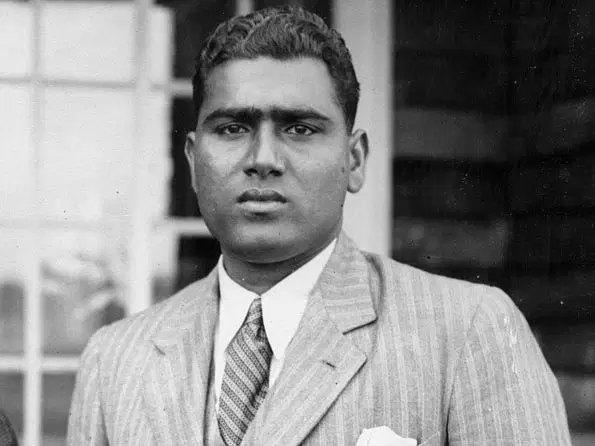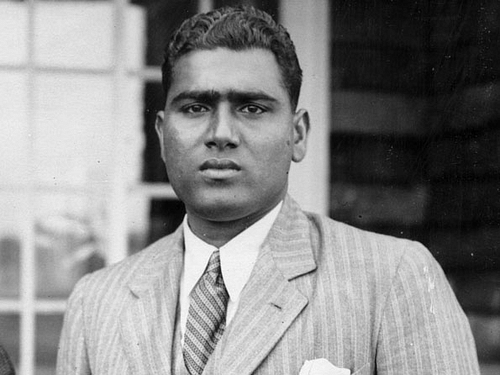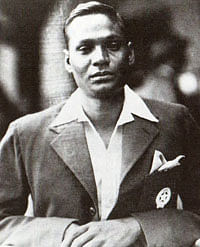
The curious case of fast bowlers in India
The genuine feature of any Indian team for many years has been the lack of a fast bowler, who could crank up a pace above 140kmph consistently. Traditionally, the Indian squad has been a spin bastion, producing greats such as Erapalli Prassanna, Bishen Singh Bedi, Bhagwat Chandrasekhar, Srinivas Venkatraghavan, Anil Kumble, Harbhajan Singh and the like.
But, there were a few fast bowlers who broke the norm and produced some marvelous spells of fast bowling, like Kapil Dev, Chetan Sharma, Manoj Prabhakar, Javagal Srinath, Venkatesh Prasad and more recently, Zaheer Khan too has stepped up to a level where he can be compared with the aforementioned list of greats.
So, what really could be the reason for fast bowlers not coming through and being good enough to make it into the playing eleven? One of the major reasons given is the type of wickets produced in India (and to a certain extent the Indian Subcontinent). In the early days, Indian wickets were typically called “Dust bowls”, which implies that the wicket is dry, doesn’t have any grass and as a result crumbles, thus producing the “Dust Bowl”. Another, reason for the dearth of fast bowlers is the lack of inspiration, the limited number of fast bowlers who can be looked up to by an aspiring young fast bowler as an idol.

Mohammad Nissar
But in the history of Indian cricket, there have been some good fast bowlers like Mohammad Nissar who was on India’s first tour of England, in 1932 and happens to be the fastest pre-war bowler India has produced. In the tour of England, Nissar in his first ball of the second over, dismissed Herbert Sutcliffe for 3, then in the fifth ball of the very same over, he bowled the other opener, Percy Holmes. What made this interesting was that Holmes and Sutcliffe were involved in an opening stand of 555 for Yorkshire just ten days ago. His career strike rate of 48 from just 6 tests speaks volumes about him.

Amar Singh
Amar Singh, who partnered Mohammad Nissar on India’s first tour of England, in 1932 were lethal together. So much so that in Wisden’s report of the test, it was noted that, “Amar Singh bowled almost as well, making the ball curl in the air either from leg or from the off and causing it to come off the pitch at a tremendous pace.” Walter Hammond chose to be more poetic, saying Amar Singh “came off the pitch like the crack of doom”.

Kapil Dev
There was a lull in the Indian fast bowling scene for quite a while. The next fast bowler to make an impact would be the 1983 World Cup winning captain, Kapil Dev. As an added bonus he was an all-rounder who could Bat well too. In his test career spanning from 1978-1994, he played a total of 131 matches taking 434 scalps (a feat no other Indian fast bowler has come close to). An important feature was that he carried the bowling attack on his shoulders on the back of retirements of some of India’s great spinners.